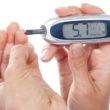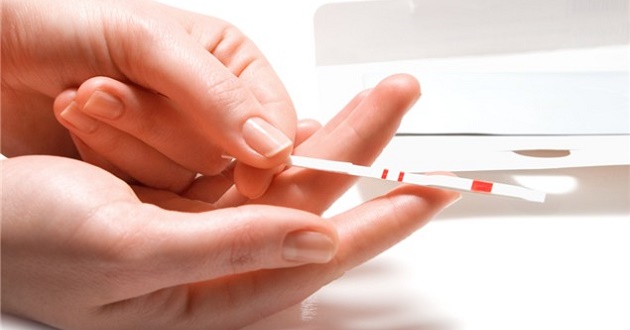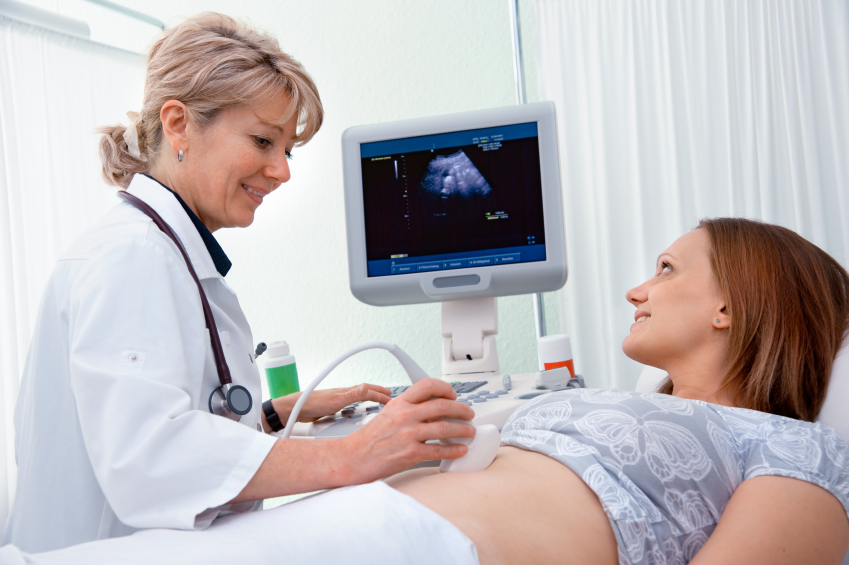The advance of medical science brought about many a fertility test aimed at promoting reproductive health. Laboratory tests vary in males and females although results are collaborated for successful conception. Nonetheless, these are important diagnostic procedures to find the best available treatment in case certain reproductive disorders exist.
According to studies, one out of six couples is haunted by infertility issues. Pointing fingers shall do no good given the fact that male and female infertility cases bear equal shares on the blame. Both male and female infertility incidents account for 40% of infertility problems leaving 20% to possible reproductive compatibility issues between couples.
Adam And Eve On The Scale
Inability to conceive a child for several months might imply the need for couples to undergo fertility tests. Medical history relating to reproduction happens to be a primary concern in medical consultation. The same can also lead to partial diagnosis of the couple’s reproductive condition. Although it is not conclusive in nature, it might reveal whose reproductive system is in trouble.
Medical history is but a single piece of the puzzle, thorough physical examination has to be performed for further inquiry on reproductive health. The couple has to go through individual genital check-up in case of outer structural problems. Nonetheless, they are also expected to undergo general physical exam to determine existent non-reproductive diseases associated with fertility such as diabetes and obesity.
Blood sampling is another part of general procedures administered before actual fertility tests. The human blood may be regarded as an excellent fertility monitor given its special attributes associated with fertility such as blood glucose. Blood sample also contains hormonal traces essential to measure chances of fertility such as follicle-stimulating hormones, estradiol, and androgen. Urinalysis may come handy as much as blood tests, too.
Male Fertility Tests: Sperm, Hormones, And Varicocele Checks
Male fertility tests may range from simple specimen testing to complex procedures using special apparatus. Most, if not all tests revolve around the fertilizing ability of the sperm. To determine which ones are applicable, pre-fertility tests shall do the tricks although it ultimately depends on the doctor’s discretion. Nonetheless, men can anticipate for a series of male fertility tests.
Sperm And Semen Analysis is one of the most popular male fertility tests. Semen sample shall be analyzed for sperm quantity and quality. An ideal sperm count of 20 million sperms per one millilitre of semen has to be sufficed. Otherwise, it can likely yield to the condition called ooligozoospermia also known as low sperm count. Sperm quality is another significant part of the test characterized by analyzing sperm motility, morphology, volume, liquefaction, fructose level, Ph level, MOT, etc.
Hormone Evaluation, pertaining to testosterone levels along with other multiple hormones, is another useful male fertility test. Although hormone is not the main problem in male infertility, it can be the ultimate culprit after all. Besides, hormones are responsible in stimulating brain activity for sperm production. Apart from blood sampling, saliva hormonal analysis may also do.
Scrotal Ultrasound is one way to assess whether or not there is a varicocele blockage in the reproductive tract using special apparatus that emit high-frequency sound waves. The procedure is made more relevant given the fact that 48% of male infertility is ascribed to this correctable structural problem. Nonetheless, the same may also identify many other abnormalities in male reproductive organ resulting to retrograde ejaculation or ejaculatory duct obstruction.
Other fertility tests for men are consist of sperm agglutination (sperm clumping exam), hemizona assay (sperm penetration exam), acrosome reaction (sperm head testing), hypo-osmotic swelling (sperm tail testing), vasography (x-ray-aided vas deferens exam), and testicular biopsy (testicular tissue sampling for sperm blockage or leakage exam).
Female Fertility Tests: Cervical Mucus, Hormones, And Ovulation Checks
Female fertility tests may also be administered when pregnancy becomes tough in women. More often than not, tests are conducted to delve into ovarian activity specifically on the female ovum. Upon initial fertility tests, the gynaecologist shall prescribe further assessment of reproductive condition through various female fertility tests.
Postcoital Test is the specific procedure performed to test the cervical mucus of the female organ in order to determine whether it is susceptible for sperm penetration. The technique is done close to the period of ovulation ideally after an intercourse to see if sperms can survive the quality of secreted cervical mucus. Certain abnormalities can be revealed using the test such as mucus problems, ovulatory defect, and poor coital practice.
Ovulation and Hormones Test comes as another measure of fertility administered to determine whether sufficient hormones are produced to support ovulation and conception. There are many types of hormones tested along the process such as luteinizing hormones, follicle-stimulating hormones, estradiol, progesterone, prolactin, testosterone, DHEA, and androstenedione. These hormones are critical to active ovarian activity.
Pelvic Ultrasound makes use of high-frequency sound waves to create visual images of the reproductive organ such as the uterus, fallopian tubes, and ovaries. The technique allows close monitoring of ovulation to detect any abnormalities along the process. In particular, it is supposed to observe follicle development, thickening of uterus lining, and egg production and release.
Other fertility tests for women are consist of Hysterosalpingography (x-ray-aided uterus and fallopian tubes exam), Hysteroscopy (hysteroscope-aided uterus exam), Laparoscopy (fibre-optic-aided uterus, fallopian tubes, and ovaries exam), and Endometrial Biopsy (hormones exam though endometrium tissue scraping).
There are many available fertility tests for aspiring mothers and fathers. Based on statistics, 85% of couples undergoing reproductive system exams were able to determine causes of infertility. Consequently, conception takes place, more or less, in a year along with infertility treatments, fertility diet, and perhaps any useful Fertility Awareness Method to increase fertility chances. Fertility test is commonly expensive for couples although infertility insurance can provide substantial financial assistance.









